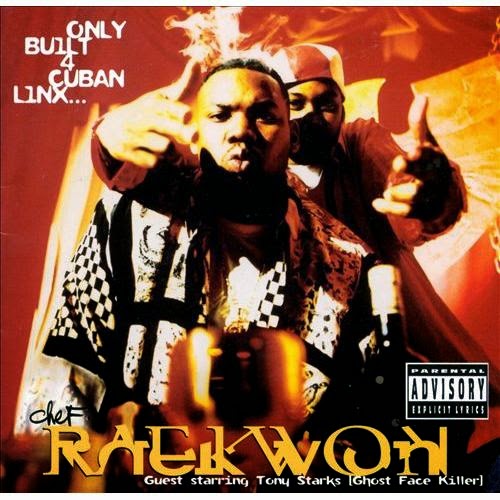
The audience profile for the final product will be male 16-25 year olds (as illustrated by the mindmap above) By emphasising the artists image through representation generated by the topic of the article, the style of the included images and the layout and colour scheme of the article, my final product will be successful in addressing and appealing to the target audience. In order to broaden the the appeal to a slightly wider audience, stereotypical objectification of females will not be present within the product. This will allow the product to also be more effective in appealing to female listeners, which as shown by the graph below make up the majority of listeners to Hip Hop/Rap.
My product will be presented in a way which has the objective of targeting Hip Hop listeners, these listeners will fall into a specific demographic. By adhering to other interests commonly held by members of this demographic I can maximise the appeal to the focus demographic.
 This graph reveals that despite stereotypical gender representations present within Hip Hop and related forms of media, females make up over 50% of listeners. In order to appeal to these listeners I will not follow the conventional representations of gender and wealth within my final product.
This graph reveals that despite stereotypical gender representations present within Hip Hop and related forms of media, females make up over 50% of listeners. In order to appeal to these listeners I will not follow the conventional representations of gender and wealth within my final product.Within the adult demographic the two age ranges comprising the 18-34 group make the majority of hip hop listeners, comprising over 50% of listeners. In order to appeal to this demographic I will represent the artists within the magazine in a manner which takes influence from those of the late 90's and early 2000's, in order to create an image which this demographic will likely be able to identify with this style of representation as it adheres to conventions within an older variant of the genre which the focus audience will be more familiar with.
Below is a reader profile for XXL magazine. The reader profile does not directly correlate with the information on Hip Hop listeners given in the graphs above. This is most noticeably evident in the gender being 78% male within readers of XXL, compared to males making up less than 50% of Hip Hop listeners. This may be due to frequent objectification of female artists paired with stereotypical gender based representations within XXL.














 These representations are often conveyed through camerawork, costume and the artists paralanguage. For example men are often shot with a medium close up or close up shot, generally emphasising facial expression or posture. Women on the other hand are conventionally shot using a medium or even a full body shot, in order to capture and emphasise her whole body as opposed to facial expression. Costumes are also distinctly masculine or feminine, men are often photographed in suits, or causal street wear that covers most of the artists body such as hoodies or jackets. Women are often shot wearing much more revealing costume in order to convey sex appeal to the audience.
These representations are often conveyed through camerawork, costume and the artists paralanguage. For example men are often shot with a medium close up or close up shot, generally emphasising facial expression or posture. Women on the other hand are conventionally shot using a medium or even a full body shot, in order to capture and emphasise her whole body as opposed to facial expression. Costumes are also distinctly masculine or feminine, men are often photographed in suits, or causal street wear that covers most of the artists body such as hoodies or jackets. Women are often shot wearing much more revealing costume in order to convey sex appeal to the audience.


















%2B.jpg)
.jpg)


